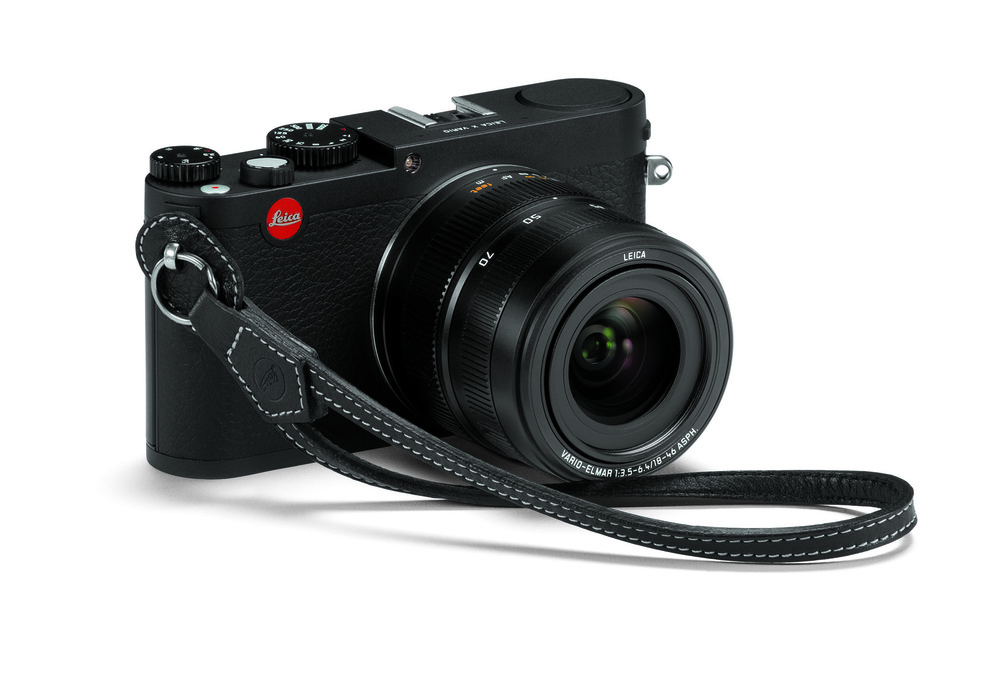Since my outing with photo-journalist Don Morley last week I have been doing a lot of thinking about the Leica X Vario. Sometimes I imagine I am the only person thinking deeply about it, judging by the many ill-informed comments we read in various blogs. The chance to compare XV and the Fuji X-E2 was a lesson.
I confess that I thought the Fuji would win the day. It is, after all, a more handleable camera with many more bells and whistles, a built-in viewfinder and (as tested) a well-acclaimed 18-55 zoom lens. It is a great little camera and I suspect the X-T1 could be be considered even better.
The results, though, show to my eye that the X Vario is in many ways just as good, perhaps even a little better in image quality. The Fuji with the 18-55mm produces great results but so does the X Vario. While we were not comparing exactly like for line–with the Fuji’s Velvia jpegs competing with Lightroom-processed RAWs from the XV, I think I rather preferred the Leica’s rendering overall.
Don’t misunderstand. The Fuji is a great little camera and, for many people it is the obvious choice. If it is to be an only camera then it wins hands down. It is fast to start, quick to focus and ergonomically polished. For moving subjects it is a much better bet than the Leica. It appeals to those who check the specs, read the comparison tests and love all the bells and whistles.
The rather pedestrian X Vario, by comparison, is a more traditional camera owing everything to the Leica ethos. It is a simple camera predicated on the Leica tradition of aperture or shutter control and little else. It has a lens that Peter Karbe claims can equal good primes at every focal length. And it works. It produces fantastic results with very little effort. We can criticise the lack of an internal viewfinder, the rather wayward trigger-happy four-way controller on the rear; even the relatively slow autofocus. In the round, however, this is a winning little camera despite its well-rehearsed shortcomings. It has soul and character.
I was smitten by the X Vario when I tested it six months ago and I remain true to my conclusions. I had thought of selling mine, perhaps even swapping it for a Fuji X, but last week’s back-to-back has persuaded me that I should keep it.
The Fuji cameras have one big advantage that is appealing: Interchangeable lenses and the option to use superb optics such as the f/1.4 Fujinon prime. They also work well, via an adapter, with Leica M lenses. Leica, however, could have the answer in the form of the new T. The image quality is at least as good as that from the X Vario and, possibly, a tad better. It plays better with M glass, not least in offering lens metadata which helps keep your Lightroom records meaningful. I am currently testing the T and will be publishing my findings soon.
In the meantime, the X Vario offers a treat for anyone brave enough to select it in the face of seemingly more attractive hardware. On the second-hand market it is something of a bargain and quite competitive with a new Fuji or Sony. If you are content with a fixed medium-zoom lens then the X Vario makes a sensible choice. I suspect that many M owners fall into this category when looking for a smaller camera with zoom capability. If you want a camera with interchangeable-lens capability then the T, with the 18-56mm Vario-Elmar-T, is worth a look. It will cost more than an equivalent Fuji or Sony but I would argue that it will be the more satisfying companion when the gloss of other cameras has become tarnished.
Read the full story of the mad zoomfest between the X Vario, X-E2 and Tri-Elmar here


I too greatly enjoyed my day out with Mike, the X-Vario and my Fuji X-E2 and although I thought the Vario one of the least user friendly cameras I have ever used I also had to admit to a sneaking fancy for, bot least with me being a lifelong Leica ‘M’ user, so much to my wife’s derision (She uses Canon’s),I decided to buy one.
Since then of course I have been able to do more and more back to back tests with both cameras shooting Raw and fine JPEG’s and now think I have been able to better establish at least to my own satisfaction which camera does what best, but I would still find it very difficult to give anyone a straight answer if asked which of these two very different cameras is actually best?
Unlike Mike I feel the Fuji X-E2’s definition just has the edge, both cameras are above average in my view if asked to shoot at high ISO levels, the Fuji is far faster to use in almost every way. I.E. Faster start up, faster AF, and faster image transfer to EVF etc. Yet to a very large degree and for most subjects I can overlook the X-Vario’s relative sluggishness because I love its basic simplicity.
In short I like both cameras for different reasons though would not recommend using the X-Vario on full Auto setting as I find it inevitably chooses shutter speed and aperture combinations I regard as being quite daft. BUT provided I choose the shutter speed manually this does then become a VERY nice camera.
My view thus is I will keep and use both cameras side by side, not least as the Fuji also works so well with my ‘M’ Lenses, and also because having bought a X-Vario I now live in hope Leica themselves might respond via such as a much needed firmware upgrade which at a stroke could turn the little X-Vario into the sort of very fine and more user friendly camera it truly deserves to be.
Don Morley